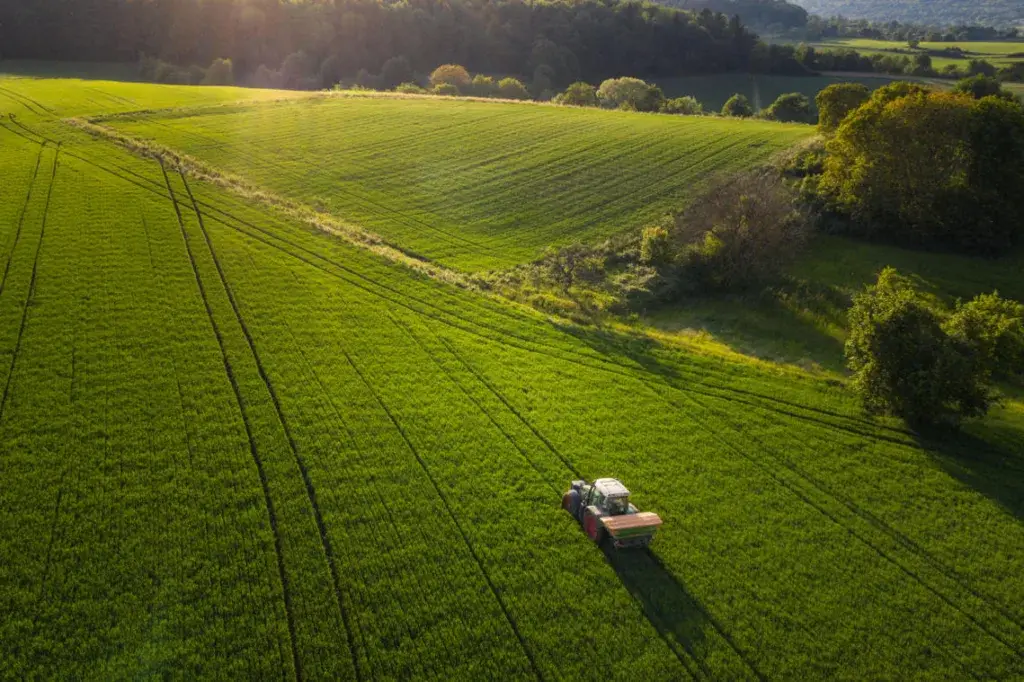Authors
Maria Westin, Senior Associate, Agriculture and Food
While meat and dairy analogues hold promise in addressing health and environmental concerns, their adoption warrants thoughtful consideration. This article outlines key action points, stemming from multi-stakeholder dialogues hosted by WBCSD, aimed at enabling analogue products to best contribute to healthy and sustainable food systems.
Plant-based, fermented and cultivated alternatives to meat and dairy, often referred to as “analogues” given their attempt to mimic the taste and texture of their animal-based counterparts, are important levers to achieve healthier and more sustainable diets globally. Recent years have witnessed a surge in enthusiasm amongst food system stakeholders for these innovative alternatives to animal-based meat and dairy products. This interest has been fueled by the dire environmental and health concerns linked to the high (and growing) amounts of meat and dairy consumed globally, especially in countries dominated by Western diets.
Livestock systems represent about 14.5% of all human-induced greenhouse gas emissions and about 50% of emissions from agriculture.1 Dairy also has a significant impact on the environment. In EU diets, dairy accounts for over one quarter of the carbon footprint.2 Compared to plant-based alternatives, cow’s milk causes around three times more GHG emissions; uses around ten times more land; up to twenty times more freshwater; and creates much higher levels of eutrophication – a process in which water bodies become overly enriched with nutrients which leads to harmful algal blooms, dead zones and ecosystem disruption.3 Overconsumption of red and processed meat is also associated with an increased risk of heart disease, some types of cancer, type 2 diabetes and premature death.456
Given the well-documented negative impacts of meat and dairy overconsumption on both human health and the environment, an inevitable question arises: why is the transition to integrating meat and dairy analogues in diets not happening more swiftly and universally? While analogues offer promising alternatives, they come with their own set of trade-offs, challenges and questions that demand the attention of businesses, scientists and policymakers alike.
Meat and dairy analogues are often categorized as ultra-processed foods and critics question their healthiness, pointing to examples of highly energy-dense, high-sodium products full of additives. They worry that the plant-based association conceals what could otherwise be an all but nutritious diet. There is widespread concern, confusion and misinformation around nutrition, accessibility, scalability and consumer interest in these products, as well as the livelihood implications of a massive shift from animal-based to analogue products for farmers and agricultural workers in the sector.
The complex questions surrounding these products spurred WBCSD to organize a set of dialogues in May and June 2023, which brought together stakeholders from across the global food ecosystem to share diverse perspectives on the role of meat and dairy analogues in delivering healthy and sustainable diets. This new paper captures the open exchanges fostered during the dialogue series, which highlighted the following key action areas:
- Strengthen the data-backed evidence and narrative on the impacts of meat and dairy analogues.
- Ensure a just transition for consumers and agri-food workers in the shift to meat and dairy analogues.
- Establish innovative business models to help drive the transition.
- Progress behavior change for consumers and companies towards the incorporation of analogues.
Today, there is an opportunity to shape the future of meat and dairy analogue products, ensuring we collectively understand their role in contributing to sustainable and healthy diets for all. The dialogue series discussions, as outlined in the new paper, identified challenges and opportunities related to, among other things, the importance of more unbiased research to understand the health impacts of different types of analogue products; affordability and accessibility considerations in regions where meat and dairy analogues are more expensive than their animal-based counterparts; the ‘protein tunnel vision’ versus assessing the overall nutritional benefits of meat and dairy analogues and how they fit into diets more broadly; and legislation impacting the consumption of analogues.
Read more about these and other aspects of meat and dairy analogues, including recommended actions for different stakeholders, in the paper “Meat and dairy analogues – Opportunities, challenges and next steps”.
WBCSD will continue to align the sector to establish meat and dairy analogues as a part of healthy and sustainable food systems. For more information, contact Melanie Levine at levine@wbcsd.org.
1 Quantis (2019). Dig In: The Quantis Food Report. Retrieved from: https://quantis-intl.com/report/digin-food- report/.
Food and Agriculture Organization of the United Nations (FAO) (2006). Livestock’s long shadow: environmental issues and options.
2 OECD-FAO Agricultural Outlook 2019-2028. Dairy and dairy products.
3 Our World in Data. Source: Joseph Poore and Thomas Nemecek (2018). https://ourworldindata.org/environmental-impact-milks
4 Wang X, Lin X, Ouyang YY, Liu J, Zhao G, Pan A, et al. Red and processed meat consumption and mortality: doseresponse meta-analysis of prospective cohort studies. Public Health Nutr. 2016 Apr;19(5):893–905.
5 Papier K, Knuppel A, Syam N, Jebb SA, Key TJ. Meat consumption and risk of ischemic heart disease: A systematic review and meta-analysis. Crit Rev Food Sci Nutr. 2023;63(3):426–37.
6 Micha R, Wallace SK, Mozaffarian D. Red and processed meat consumption and risk of incident coronary heart disease, stroke, and diabetes mellitus: a systematic review and meta-analysis. Circulation. 2010 Jun 1;121(21):2271– 83.
WBCSD news articles and insights may be republished in accordance with the Creative Commons Attribution-NonCommercial-NoDerivatives 4.0 International Public License, and in accordance with our Privacy Policy. All Content must be featured with due credits.


